Murata ‘unofficially’ a Bit Worried About ‘Distortion’ in the Parts Market
This is coming from a company that is expected to see a potentially large increase in operating profit against earlier forecasts, and while analysts in Japan have mixed views as to whether current MLCC demand is real or over stated, the caution expressed seems to indicate that the company is operating with the understanding that things could change quickly if demand slows. Japanese company managements tend to be far more conservative (at least publicly) than Taiwanese or Chinese management, so we take some of this with a grain of salt, but it is not the first time we have heard a company executive express some reservation about current component order status…
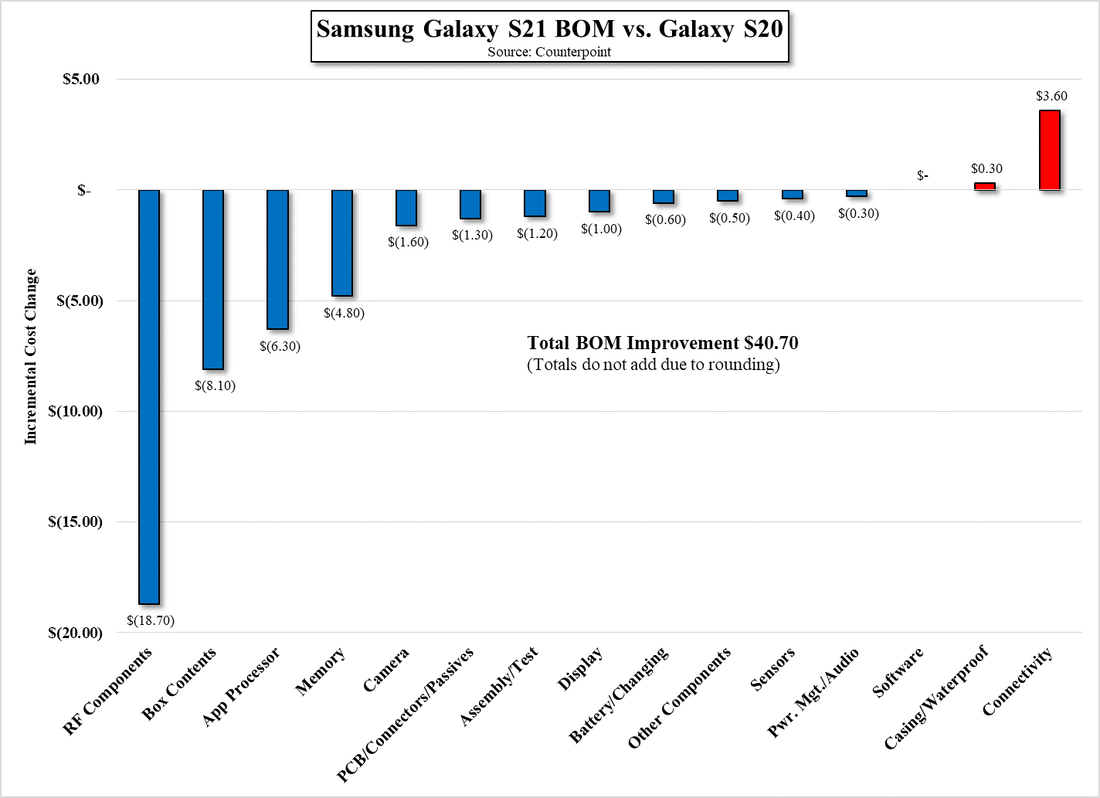

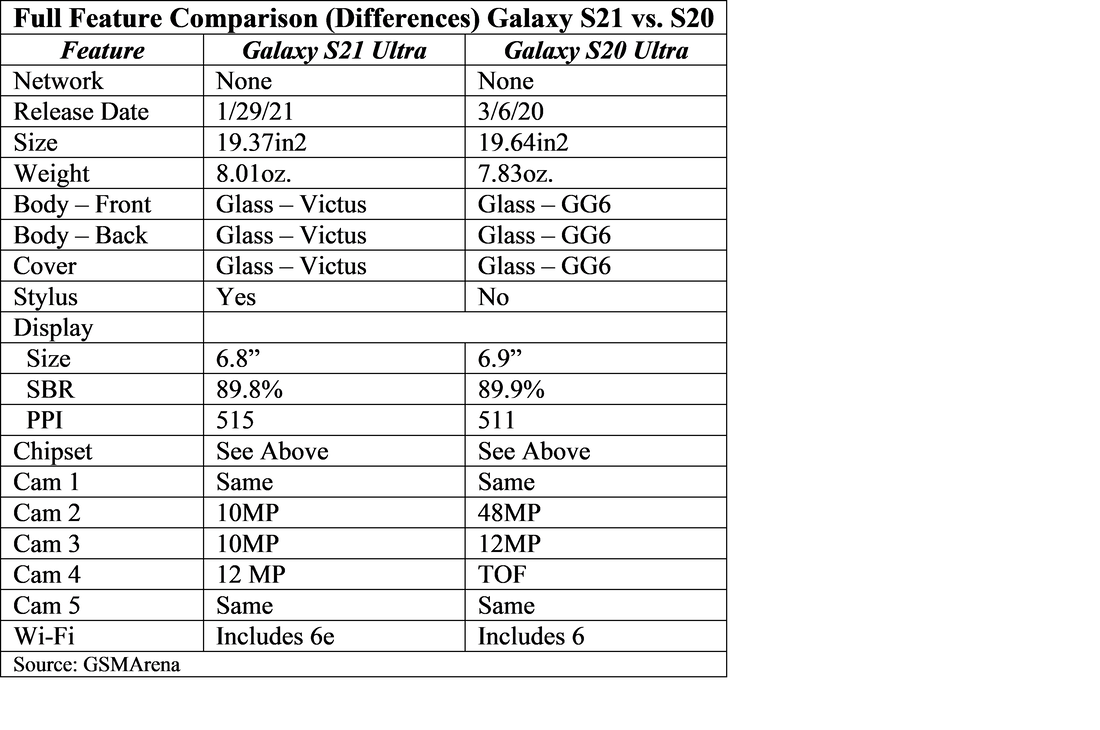
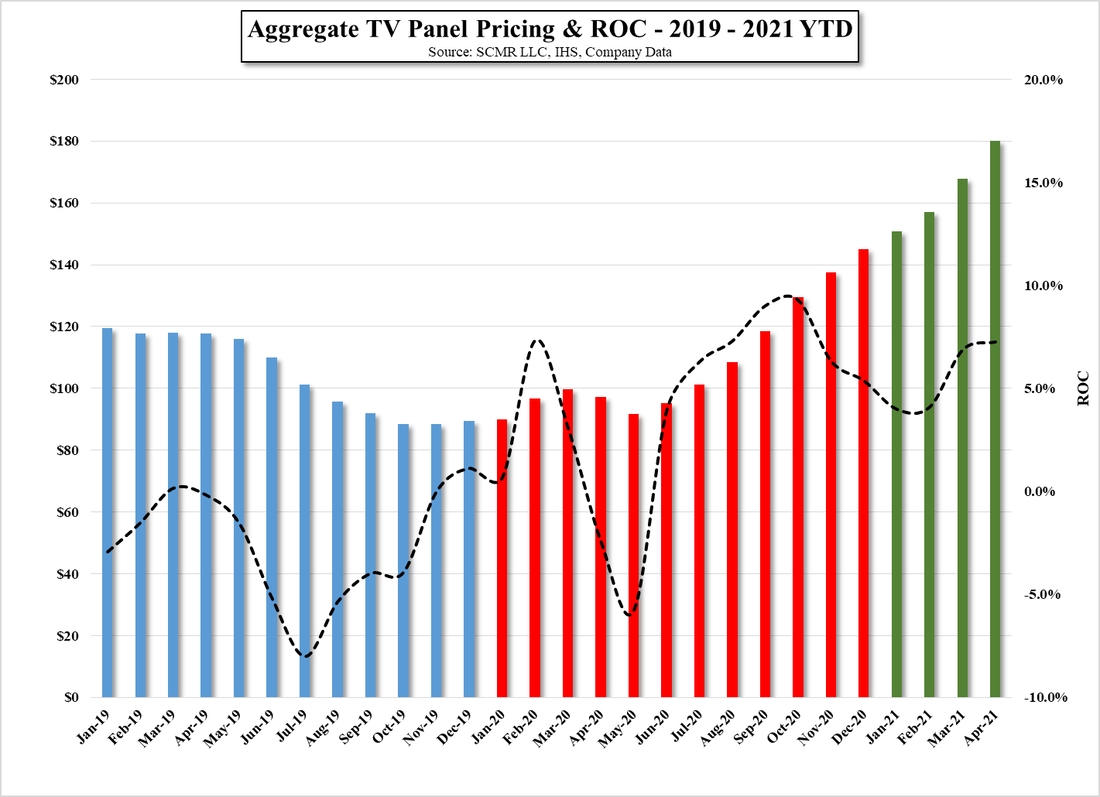

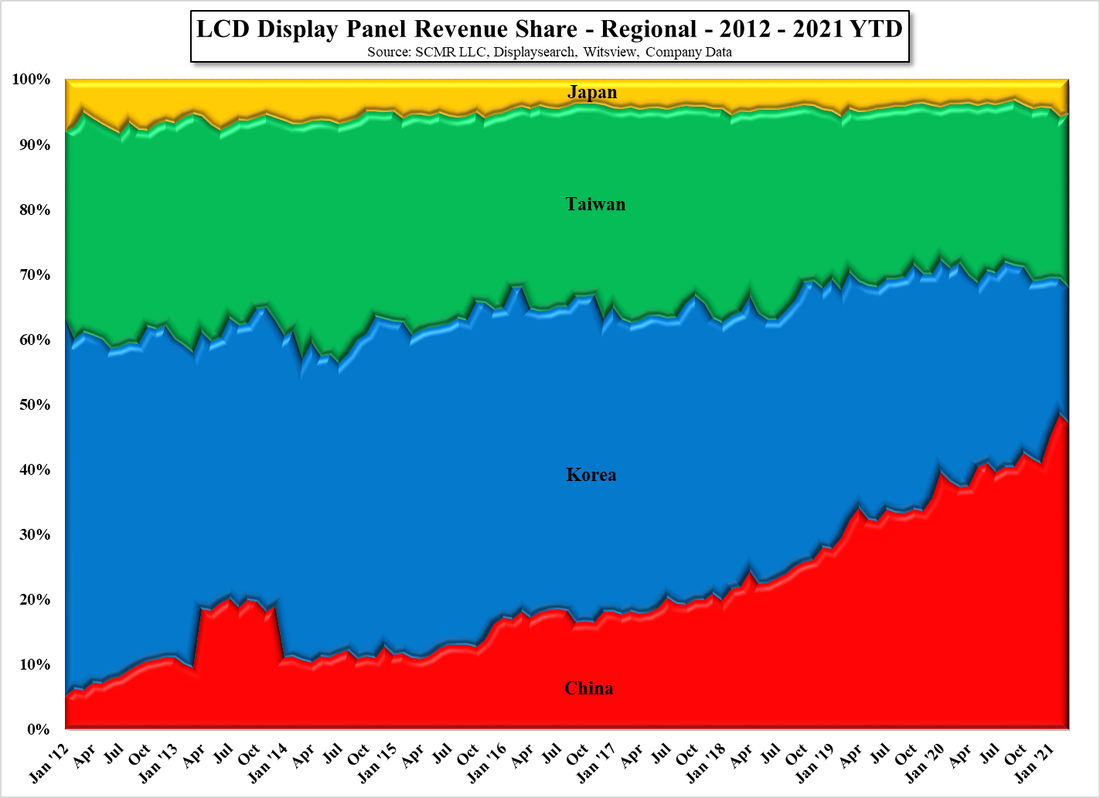
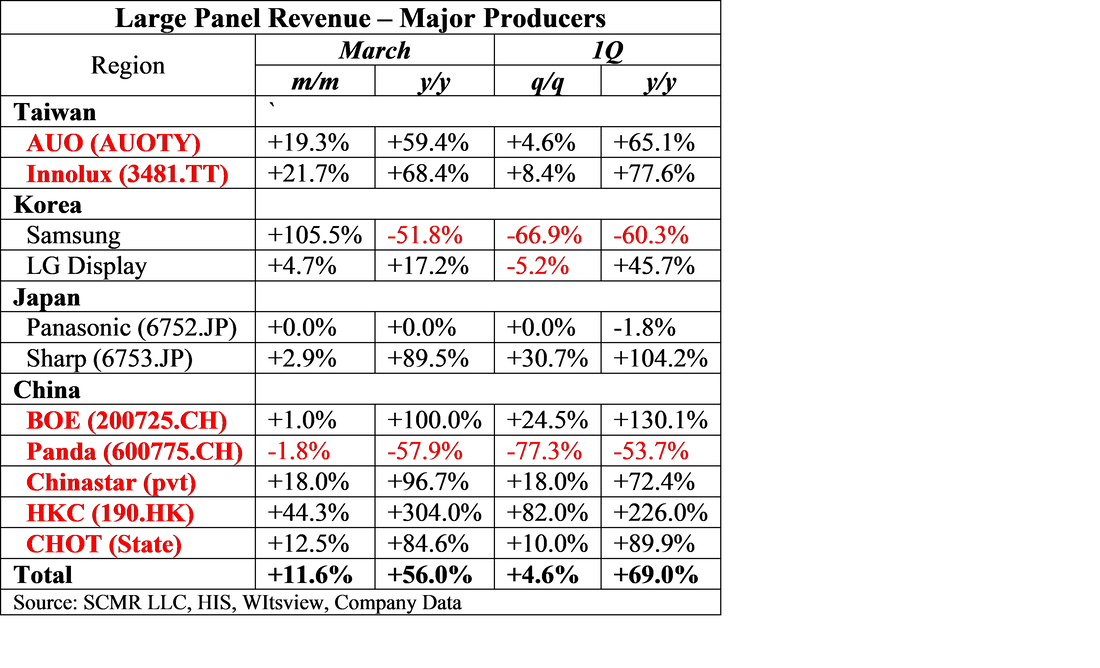

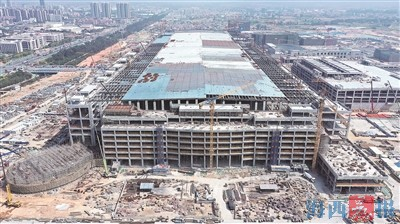
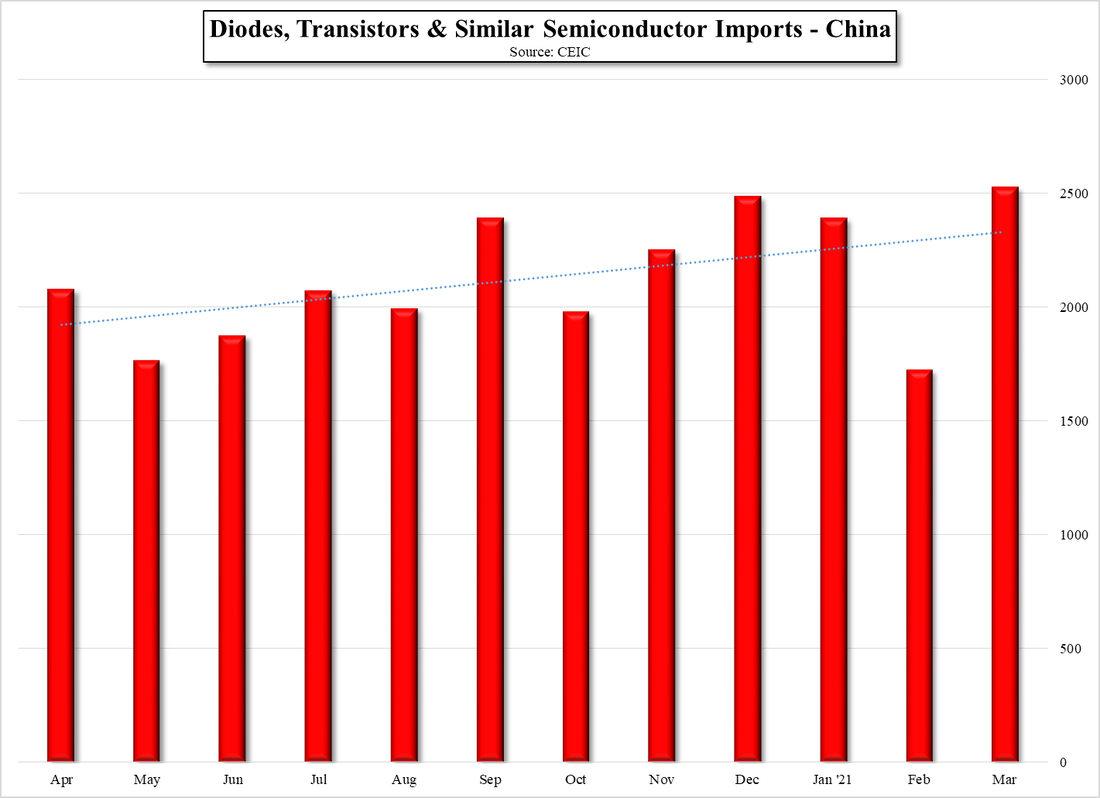

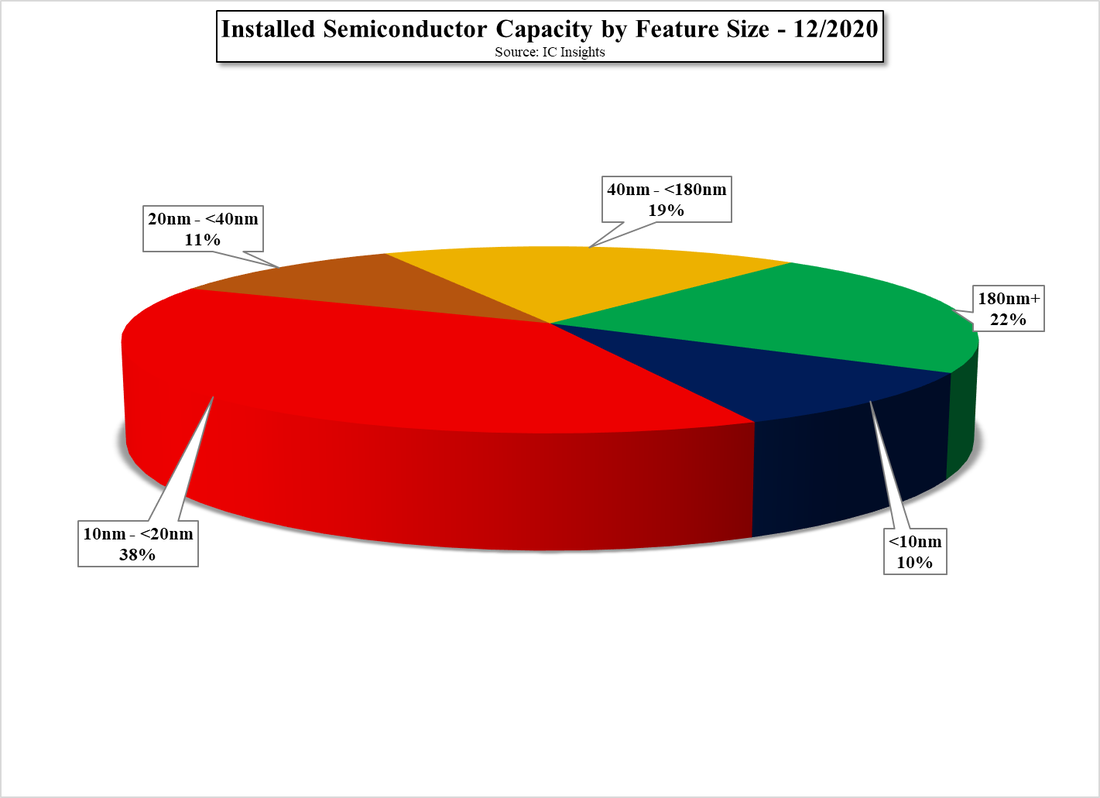
 RSS Feed
RSS Feed